

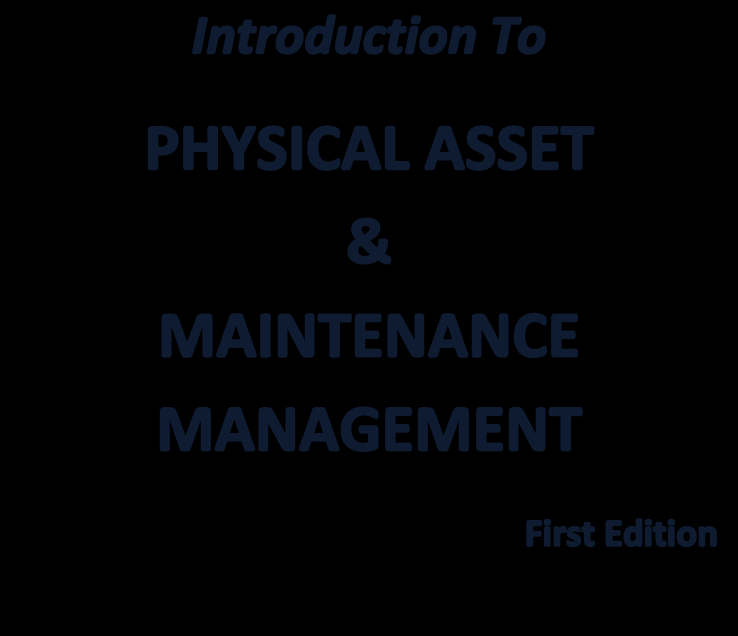

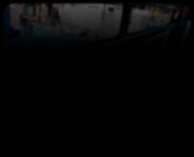
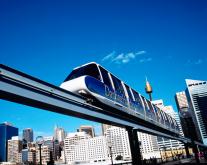
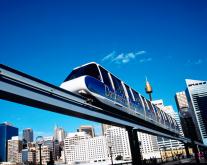
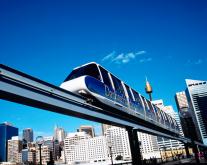
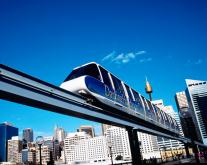
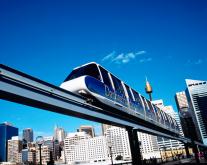
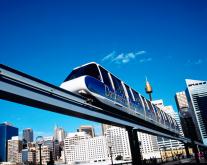
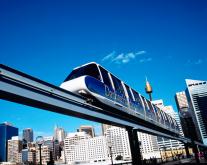
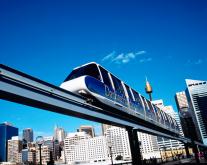
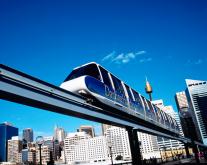

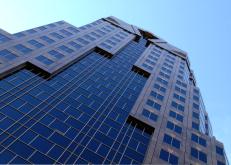
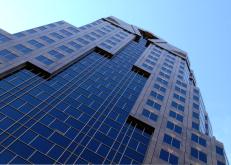
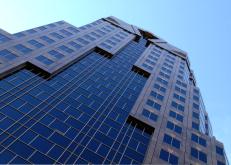
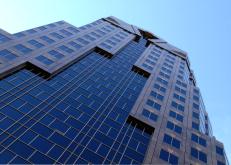
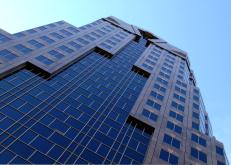
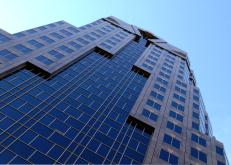
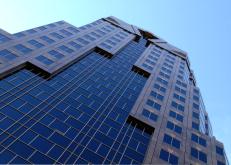
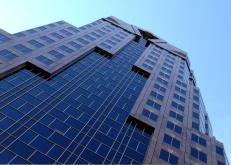
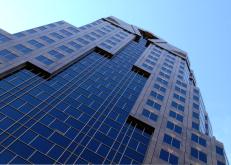







Introduction to Physical Asset & Maintenance Management
A note from the author.
The earth is a physical asset that we as a human race are
responsible to manage and the manner in which this is
performed can affect us on a global scale. How we utilize
the natural resources and maintain the cleanliness of the
land, water and air directly affects the delicate balance
and quality of life for present and future generations.
2
FREEBOOK, 2014, Guido Pydde, Please Distribute Freely
Introduction to Physical Asset & Maintenance Management
Contents
Preface ............................................................................. 6
Introduction ..................................................................... 8
Physical Assets ............................................................... 11
Physical Asset Lifecycle .................................................. 16
Physical Asset Management System .............................. 17
Policy .............................................................................. 19
Plan ................................................................................ 19
Objectives ...................................................................... 20
Physical Asset Support ................................................... 21
Leadership & Stakeholder Support ................................ 23
Communication .............................................................. 24
Risk Management .......................................................... 25
Project Management ..................................................... 26
3
FREEBOOK, 2014, Guido Pydde, Please Distribute Freely
Introduction to Physical Asset & Maintenance Management
Planning ......................................................................... 27
Engineering .................................................................... 28
Commissioning ............................................................... 29
Energy & Utility Efficiency .............................................. 30
Disasters & Emergencies ................................................ 31
Safety ............................................................................. 32
Security .......................................................................... 34
Ergonomics .................................................................... 35
Quality ............................................................................ 36
Information Technology ................................................. 37
Hazardous Materials ...................................................... 38
Waste Disposal & Recycling ........................................... 40
Maintenance .................................................................. 41
Environmental Maintenance ......................................... 45
Maintenance Program ................................................... 47
4
FREEBOOK, 2014, Guido Pydde, Please Distribute Freely
Introduction to Physical Asset & Maintenance Management
Maintenance Schedules ................................................. 54
Reactive Maintenance ................................................... 55
Computerized Maintenance Management .................... 57
CMMS Selection ............................................................. 58
CMMS Implementation .................................................. 59
CMMS Training............................................................... 62
Audits ............................................................................. 63
Internal or External Maintenance .................................. 64
Multi Divisional Maintenance ........................................ 69
Maintenance Skills ......................................................... 71
Budgeting for Maintenance ........................................... 72
Maintenance Costs ........................................................ 75
Maintenance Metrics ..................................................... 78
About The Author .......................................................... 80
5
FREEBOOK, 2014, Guido Pydde, Please Distribute Freely



Introduction to Physical Asset & Maintenance Management
Preface
I have written this book in an attempt to convey the
general concepts, principles and importance of physical
asset and maintenance management. Both of these
functions are in many ways taken for granted only
because we don’t realize or acknowledge the fact that
the effects of how these functions are performed affect
our everyday lives. As with many things in life, when they
are operating smoothly and functioning properly, we
tend not to acknowledge or think about the associated
6
FREEBOOK, 2014, Guido Pydde, Please Distribute Freely
Introduction to Physical Asset & Maintenance Management
tasks and costs that are required to maintain these
conditions.
This book identifies WHAT functions and programs a
physical asset management system is comprised of and
WHY they are needed. However, it does not dwell on
HOW these functions and programs are to be
implemented. The need for them and how they are
implemented will vary based on several factors such as
what types of products and services an organization
provides, the size of the organization and the existing
infrastructure and culture.
7
FREEBOOK, 2014, Guido Pydde, Please Distribute Freely

Introduction to Physical Asset & Maintenance Management
Introduction
The majority of us perform physical asset management
related activities regularly and don’t even realize it. We
rely on the effective management of physical assets in
our daily lives that are utilized in industries such as
utilities, transportation, waste & water treatment, oil,
chemical,
automotive,
electronic,
construction,
pharmaceutical, health & nutrition, real-estate, medical,
food,
aerospace,
defense,
manufacturing
and
entertainment. We depend on the fact that physical
assets such as aircraft are managed and maintained
properly so that they will not fall from the sky or a
nuclear power plant reactor does not incur a meltdown.
The entire infrastructure in which we live depends on
8
FREEBOOK, 2014, Guido Pydde, Please Distribute Freely
Introduction to Physical Asset & Maintenance Management
physical asset management and how effectively and
efficiently it is applied.
The simple fact is that just about every organization
performs physical asset related activities. The size of an
organization, quantity and complexity of physical assets
and type of products or services that an organization
provides directly affects the extent and complexity of a
physical asset management system. As with many things
in life, we can choose to ignore or even reject a
systematic approach as to how these activities are
performed or we can choose to embrace and organize
them. The organized implementation and management
of a physical asset management and how this is
implemented and maintained will directly and indirectly
affect the success of the organization.
This book will explain the different aspects of physical
asset
management
and
briefly
describe
the
implementation of maintenance management as well. It
addresses the importance of a reoccurring activity that
9
FREEBOOK, 2014, Guido Pydde, Please Distribute Freely
Introduction to Physical Asset & Maintenance Management
significantly affects the life of many physical assets which
is known as maintenance.
10
FREEBOOK, 2014, Guido Pydde, Please Distribute Freely

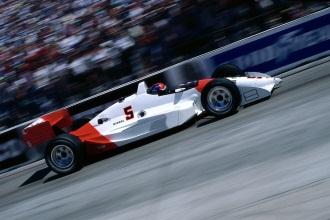
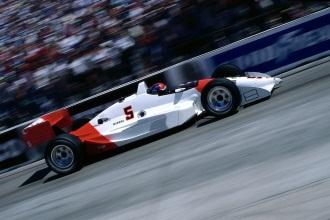
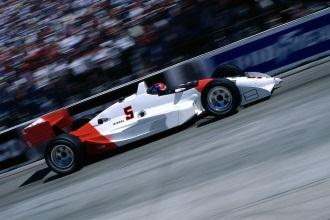
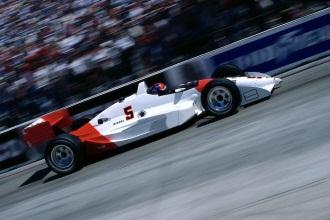
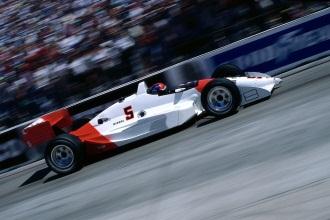
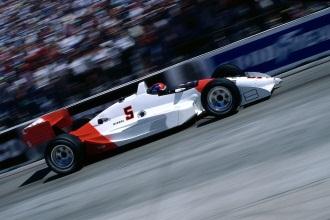
Introduction to Physical Asset & Maintenance Management
Physical Assets
Let’s begin with an analogy that the majority of us can
relate to. Many of us own, lease or rent an automobile
and a home within we live. These are both forms of
physical assets. The majority of us like our physical assets
to be clean, nice looking and well maintained. When we
entertain friends and relatives, we like to impress them
with our physical assets. A dirty home or automobile
does not leave a good impression. They can look, feel
and smell unpleasant or even offensive and affect issues
such as safety, health and performance. When we plan
11
FREEBOOK, 2014, Guido Pydde, Please Distribute Freely
Introduction to Physical Asset & Maintenance Management
to acquire a physical asset, we usually think about
several factors such as initial cost, quality, appearance,
efficiency, reliability, performance, longevity and if you
are maintenance minded, maintainability.
A physical asset has many stages that it passes through
which define its’ lifecycle. This lifecycle includes stages
such as acquisition, commissioning, maintenance and
disposal to name a few. The planning function is usually
performed during several stages of the lifecycle. Using
our current analogy, let us focus on the automobile. An
automobile is initially planned, designed, engineered and
manufactured by the automobile manufacturer before it
is sold to the public. This process includes quality control
activities to ensure that a reliable product is delivered to
the end user and will fulfill the defined requirements as
expected. This is typically a part of the commissioning
process.
The customer is the one that will purchase the
automobile and will be shopping around and evaluating
12
FREEBOOK, 2014, Guido Pydde, Please Distribute Freely
Introduction to Physical Asset & Maintenance Management
factors such as price, appearance, quality, efficiency,
dependability, reliability and longevity. The fact is that
the initial cost or price alone should not be the only
influencing factor. There is a cost which is associated
with an automobile’s life which is known as physical
asset lifecycle cost. In many instances, the most
significant cost associated with a physical assets life
besides the initial investment is the cost of maintenance.
Maintenance includes activities such as cleaning, repairs,
inspections, servicing and periodic parts replacements. If
an automobile is not maintained properly at scheduled
intervals, the influencing factors which were initially
considered appealing prior to the purchase will
deteriorate thus affecting the value and reliability of the
automobile. In another example, the buyer might
purchase an automobile that has low quality ratings but
the lower initial cost is appealing. However, due to the
low quality rating, this type of automobile may
experience significantly more component failures which
affect the reliability of the automobile. In both cases, the
13
FREEBOOK, 2014, Guido Pydde, Please Distribute Freely
Introduction to Physical Asset & Maintenance Management
lack of reliability will have a severe impact on the owner
such as reactive repairs, excessive costs and
inconvenience.
We have clearly defined some of the important factors
that influence physical assets. The analogy that we used
with automobiles and homes can be directly applied to
organization environments. The majority of organizations
are housed in some form of a building. Additionally,
organizations usually purchase, rent or lease physical
assets such as computers, printers, furniture, vehicles,
machinery and equipment. In many instances, there
seems to be a separation of how we view and treat our
personal physical assets compared to the physical assets
that are utilized by our organization. In reality, the
physical assets of an organization should be treated with
a higher level of respect and care than our own personal
physical assets. This is due to the fact that the physical
assets that are utilized by the organization contribute to
providing the organizations’ revenue, success and the
income that funds our personal physical assets. So why is
14
FREEBOOK, 2014, Guido Pydde, Please Distribute Freely
Introduction to Physical Asset & Maintenance Management
it that in many organizations this is not recognized? This
may be due to the manner and the method in which
physical asset management and more specifically
maintenance management is viewed, understood and
implemented
within
an
organization
and
also
understanding the associated risks of not having a
system in place. The majority of organizations that
embrace physical asset management have a carefully
planned, defined and structured implementation of it
with the accompanying strategies, plans, policies,
procedures, functions, programs and supporting systems.
These organizations have learned that not having a
system in place affects the performance, success and
competitiveness of the organization and can actually
jeopardize their existence.
15
FREEBOOK, 2014, Guido Pydde, Please Distribute Freely

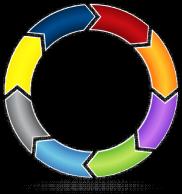
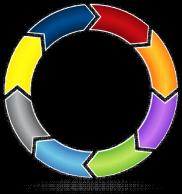
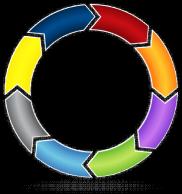
Introduction to Physical Asset & Maintenance Management
Physical Asset Lifecycle
A physical asset is typically exposed to each of the
following activities throughout its’ life.
1. Plan
2. Design, Engineer
3. Purchase, Lease, Rent, Acquire
4. Construct, Build, Fabricate, Assemble
5. Commission
6. Maintain
7. Audit, Inspect, Evaluate
8. Rebuild, Dispose
9. Replace
16
FREEBOOK, 2014, Guido Pydde, Please Distribute Freely







Introduction to Physical Asset & Maintenance Management
Physical Asset Management System
It is extremely important that a scalable Strategic Asset
Management Plan (SAMP) is developed that includes the
involvement of stakeholders. This plan should define
how physical assets are managed throughout the various
lifecycle stages. A physical asset and maintenance policy
must also be established that the stakeholders agree to
live by.
17
FREEBOOK, 2014, Guido Pydde, Please Distribute Freely
Introduction to Physical Asset & Maintenance Management
A thorough physical asset management system should
include the following;
1. Policy
2. Objectives
3. Plan(s)
All three of these requirements should provide a
consistent tone that address all of the needs of physical
asset management, requirements of the organization
and expectations of the stakeholders. The system should
describe, define and include all of the necessary support
functions and how they are utilized and integrated. It
should also be periodically reviewed to ensure that it is
kept up to date and continues to meet the requirements
of the organization and the physical assets that are
utilized. When properly structured and implemented, a
physical asset manage
























































